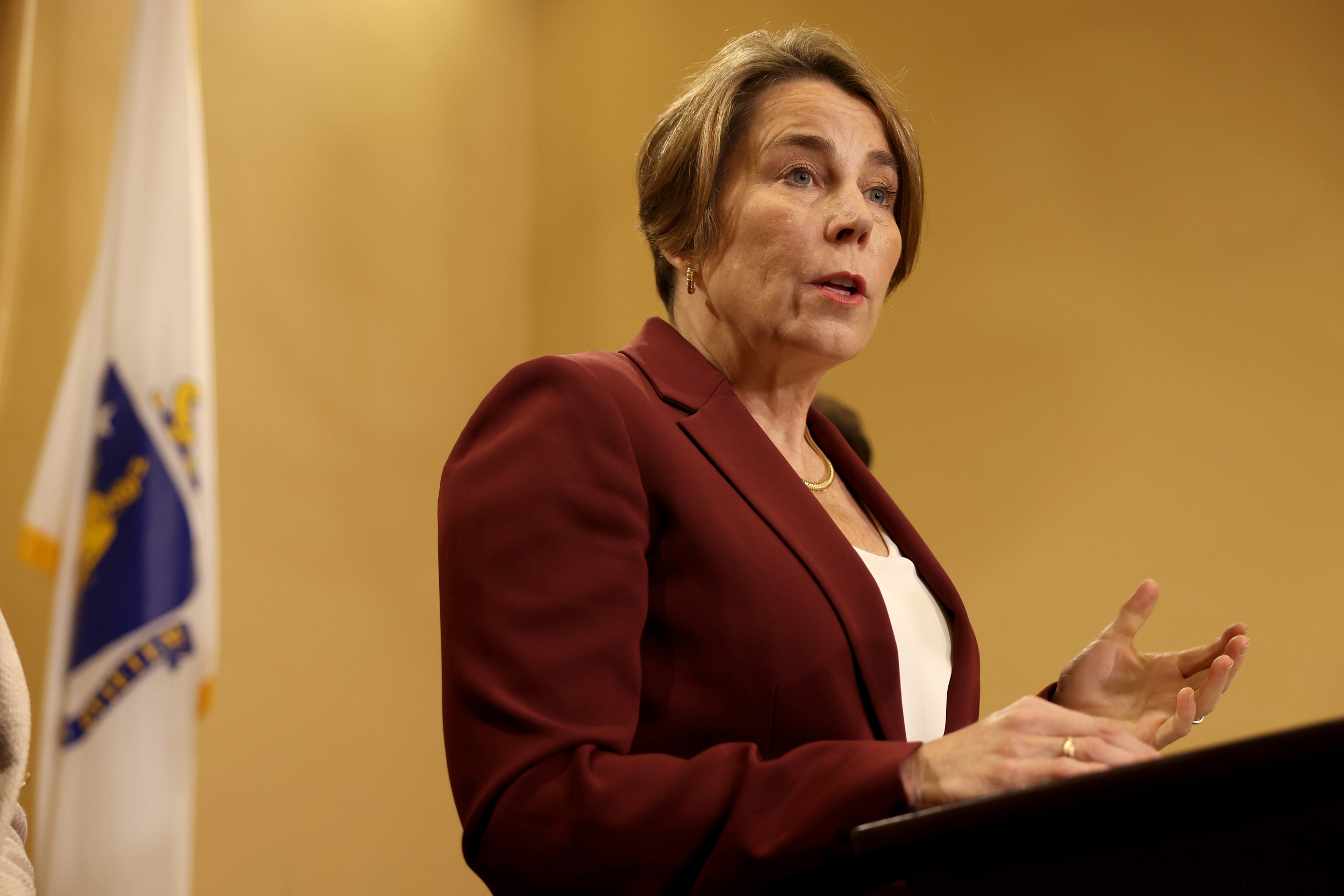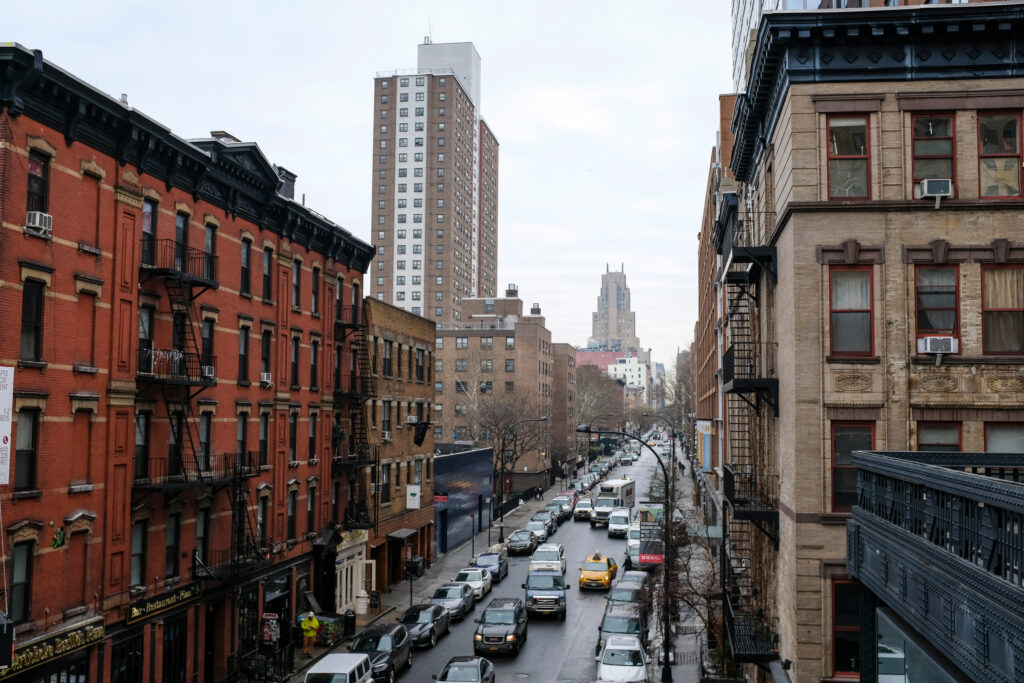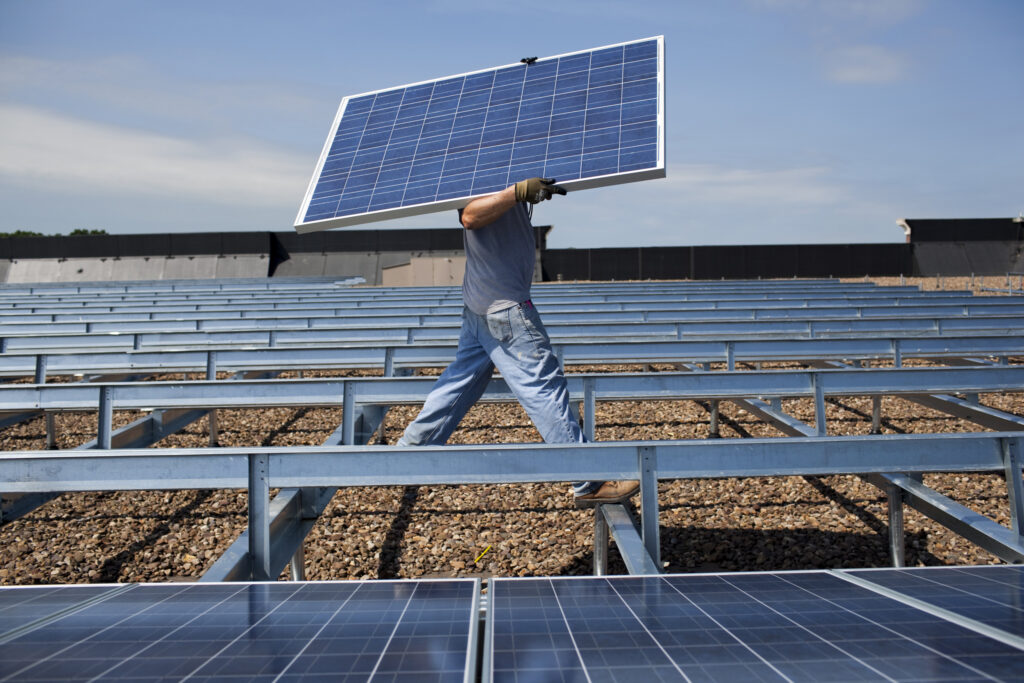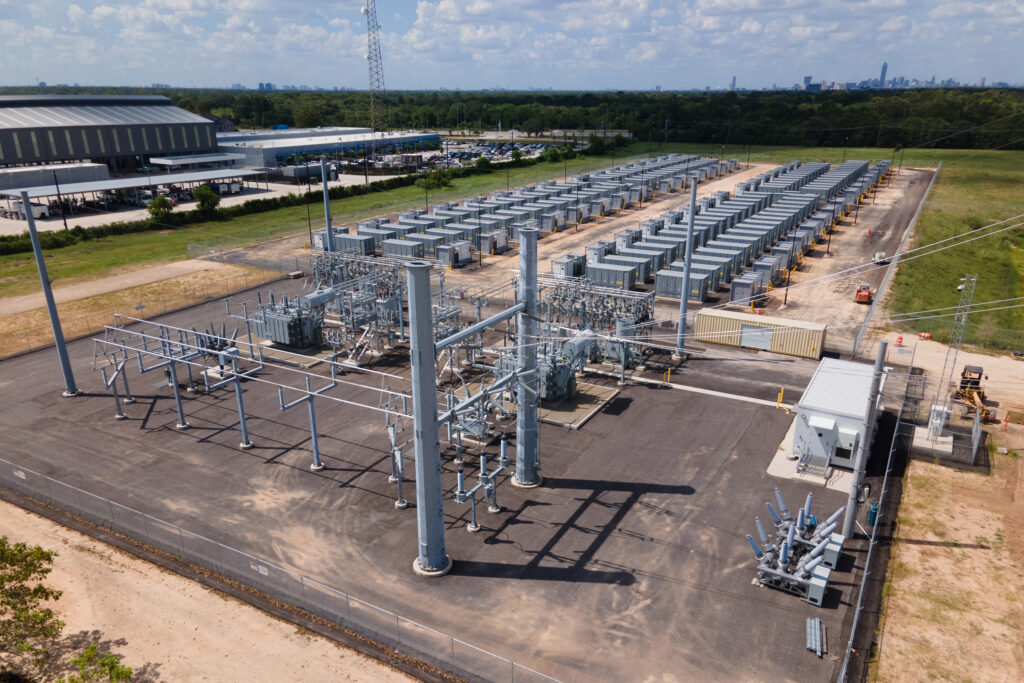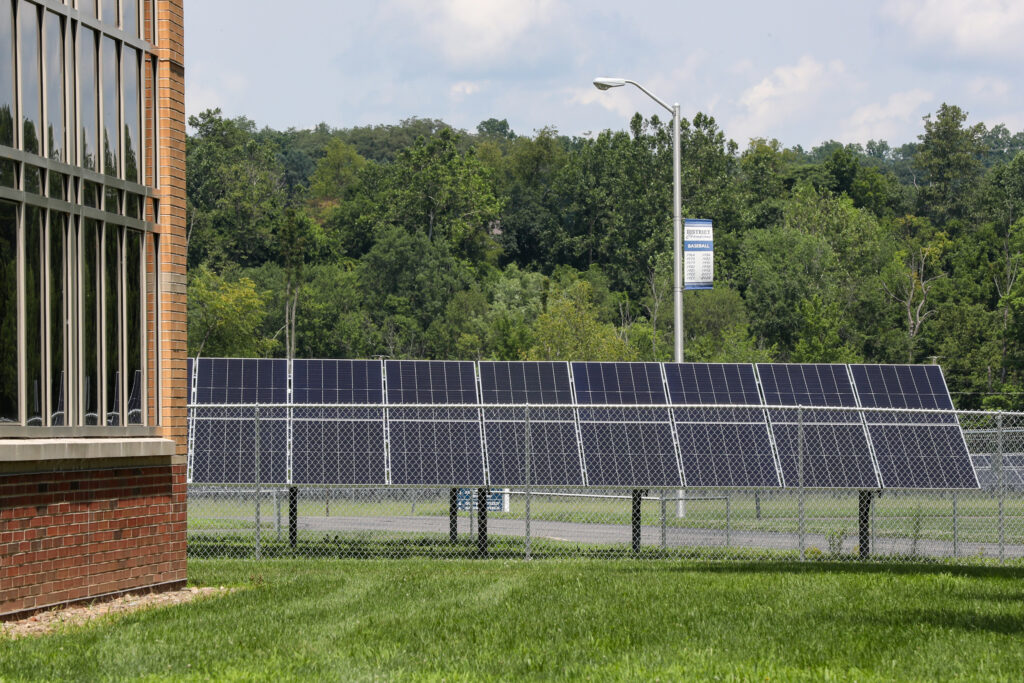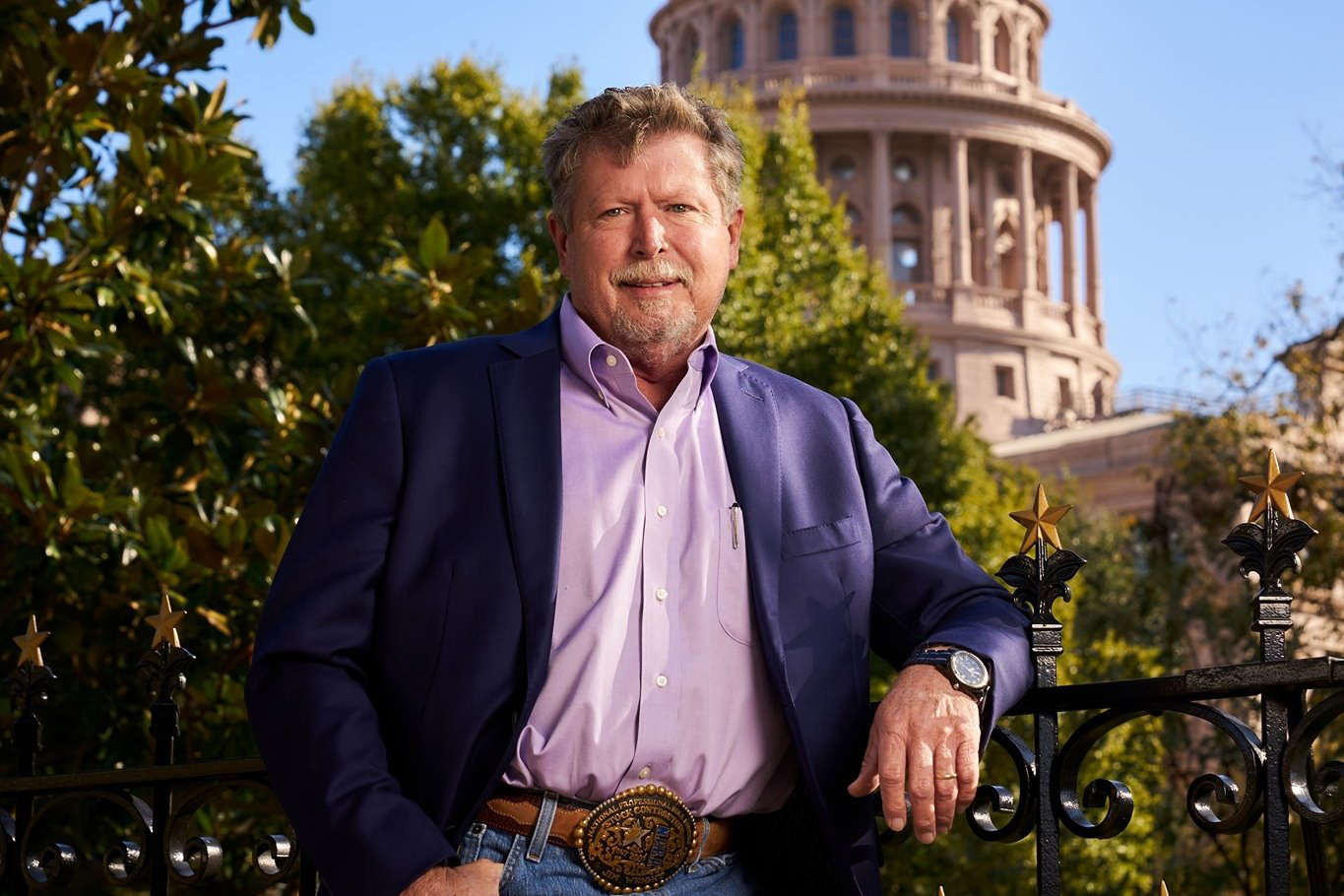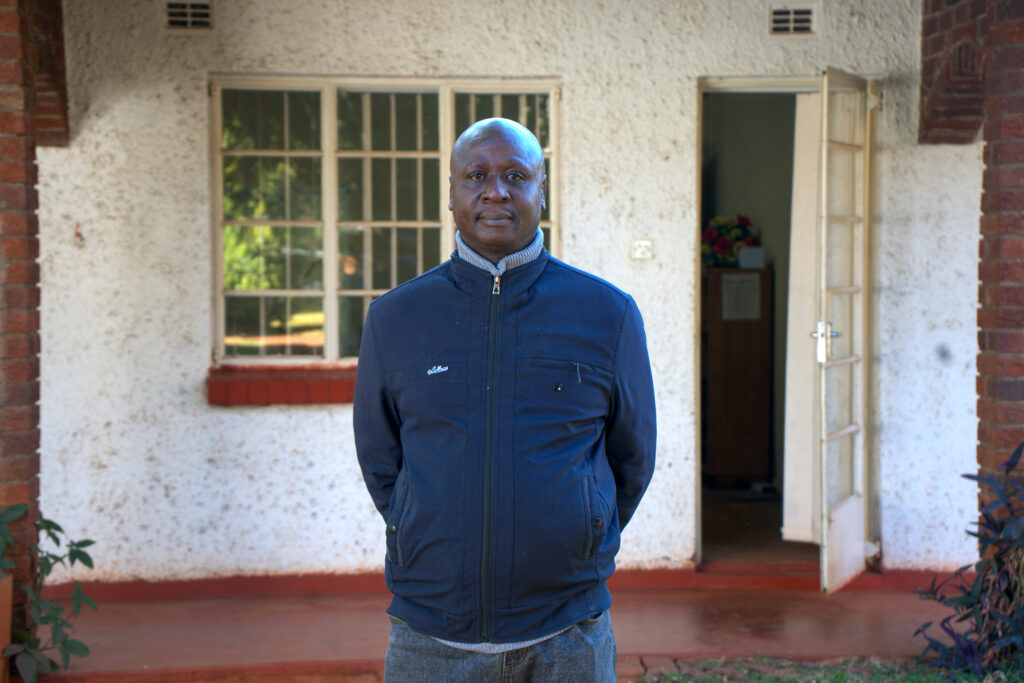SALEM, Mass.—One of the most ambitious clean energy projects under consideration in this state started after a nasty surprise.
In December 2022, utility provider National Grid informed Rev. Nathan Ives of the St. Peter’s-San Pedro Episcopal Church in Salem that they had the right to change the building’s gas meter.
“The bill went from a hundred bucks a month to three thousand bucks a month overnight,” Ives said. “Obviously the meter was broken in our favor, and we didn’t realize it.”
The abrupt change thrust the church’s ambition to wean itself from fossil fuels into overdrive.
We’re hiring!
Please take a look at the new openings in our newsroom.
See jobs
Now Ives is spearheading a project called “Heaven and Earth,” a proposed solar-powered climate resilience hub for the church and geothermal network that would provide heating and cooling for much of downtown Salem. The project would bake in long-term cost savings, but at an upfront cost in the tens of millions.
The solar—or “heaven”—portion of the project would retrofit the 19th century granite church with solar panels and batteries. The updates would provide uninterrupted heating and cooling, lighting, phone charging, internet access and cooking capacity for nearby residents to ride out future heat waves or storms.
The “earth” part of the proposal calls for a roughly mile-and-a-quarter geothermal loop connecting the church to 20 other buildings, including public housing, museums, condos, commercial space and Salem’s City Hall.
“It’s bigger than just the church,” said Ives, 60, whose congregation includes many low-income residents from a nearby, largely Latino neighborhood known as The Point. “It’s the community in the neighborhood.”
As he described the project in his church’s office, the gregarious parish priest constantly fielded calls, responded to texts and greeted visitors. He switched seamlessly between English and Spanish as discussions ranged from a recent meeting on reparations—St. Peter’s first two rectors held enslaved people—to preparations for Sunday services.
For Ana Nuncio, a member of the vestry, or parish council, and a founder of the Latino Leadership Coalition of Salem, the proposed solar and geothermal project has a strong Biblical connection.
“‘I saw a new heaven and a new earth,’” she said, quoting the Book of Revelation. “There’s no other initiative that could fit better under that banner than this one.”
Nuncio said the project is an extension of work the church already does, writing checks to members of the congregation who are least able to pay the soaring costs of winter heating bills.
“What we’re trying to do at St. Peter’s is to bring relief with utilities as they are now, but also tap into a whole new one and show that there can be a different way,” she said.
Tapping Geothermal Potential
In early 2024 the church received a $50,000 “Kickstart” grant from the Massachusetts Clean Energy Center to begin developing the geothermal portion of its proposal. The grant was one of 12 awarded to communities across the state to support geothermal networks, particularly those in environmental justice communities.
Salem’s geothermal loop would circulate water mixed with antifreeze beneath city streets and connect to 450 boreholes drilled beneath Salem Common, a historic 9-acre park in the city center where livestock once grazed. Each borehole would be approximately 500 feet deep, allowing the system to tap into subsurface thermal energy where temperatures are a steady 56 degrees year round.
The pipes would harness this thermal energy for heating in the winter and for cooling in the summer, significantly reducing building energy needs. A ground source heat pump located in each building would provide additional heating or cooling, depending on the time of year.

The proposal, an initial sketch of what’s theoretically possible rather than a detailed engineering plan, was outlined in a 328-page draft feasibility study published in April by geothermal energy company Achieve Renewable Energy and engineering firm B2Q Associates.
The project would be similar, though significantly larger, than a recently completed geothermal network in Framingham, Massachusetts, built by gas utility Eversource.
“It’s really exciting to think of a downtown geothermal system in Salem that’s serving multiple buildings,” said Neal Duffy, the city’s director of sustainability and resiliency.
Salem, and multiple communities across the state, have a goal of zeroing out greenhouse gas emissions from buildings by 2050.
“We need to be thinking about projects like this to come anywhere close to reaching those goals, rather than one building at a time,” Duffy said.
Eight of the 21 buildings included in the report belong to the Peabody Essex Museum, one of the largest and oldest art museums in the country. The museum had previously looked at installing geothermal for its own heating and cooling needs but had decided against it.
“We thought geothermal was a little out of reach for us in our initial assessments,” said Kurt Steinberg, the museum’s chief operating officer. “This makes it a possibility for us.”
Steinberg said a community-wide project, and the economy of scale that comes with it, helps bring down the cost for everyone. “And then it’s not just you,” he added. “You’re all in it together.”
“A Model for Other Communities”
The St. Peter’s-San Pedro church was founded in 1733 on land donated by Philip English, a wealthy merchant who was accused of witchcraft during the witch hysteria that consumed Salem in the late 1600s. The Salem Witch Museum, a history museum a couple of blocks from the church on the edge of the Common, is included in the proposed geothermal loop.
Tina Jordan, the museum’s executive director, was one of more than a dozen community and business leaders who contributed to the report by sharing energy usage information.
“We want to hear, is this something that would be good for the neighborhood, the environment and the community, and is it something we can afford?” Jordan said. “With energy costs spiraling out of control, I’m hoping this is something we can control, and if successful, will be a model for other communities.”
The feasibility report puts the project cost at $56 million for the borefield and geothermal loop. The figure does not include the installation of heat pumps, ductwork or other modifications that may be required for each of the individual buildings.


Federal tax credits could cut the figure by as much as half. Geothermal projects are eligible for a 30 percent credit. Additional credits for projects that use materials made in America and are located in “energy communities”—areas that have or previously had significant fossil fuel infrastructure, such as the Salem Harbor coal power plant that closed in 2014—could take an additional 20 percent off project costs.
A federal budget reconciliation bill currently making its way through Congress could end most Biden-era clean energy tax credits in the coming months. The House version, passed by Republicans in an entirely party-line vote in May, wouldn’t immediately eliminate credits for commercial-scale geothermal projects but would end them three years earlier than planned. Large projects, like the one proposed for Salem, would need to begin construction before Jan. 1, 2032. A draft of the Senate bill would preserve the existing Jan. 1, 2035, deadline for large-scale geothermal heating and cooling projects.
“I am genuinely optimistic that geothermal utilities have a clear path forward and will remain supported,” said Zeyneb Magavi, executive director of HEET, a Boston-based nonprofit that focuses on geothermal networks.
The Framingham geothermal project cost $24 million, including building retrofits, prior to receiving a 30 percent tax credit. The $56 million pre-tax-credit projected cost for the Salem project does not include building retrofits, but the proposed project would be several times larger than in Framingham.
Eric Bosworth oversaw the Framingham geothermal project when he worked for Eversource. Now running the consultancy Thermal Energy Insights, he praised the initial feasibility assessment for Salem but questioned some of the projected costs.
For example, Bosworth said the cost to install the pipe for the loop connecting the 21 buildings was several times higher than what he would expect.
“If I were bidding this work out myself, I would push back pretty strongly on the pipe costs and markups / extras and [that’s] assuming it really needed 450 bores,” Bosworth said in an email.
This story is funded by readers like you.
Our nonprofit newsroom provides award-winning climate coverage free of charge and advertising. We rely on donations from readers like you to keep going. Please donate now to support our work.
Donate Now
More than half of the projected cost for the Salem project would go to borefield construction. However, as performance data from existing geothermal networks is becoming available, industry experts say similar projects may not need as many holes in the ground as they previously thought.
When buildings with different heating and cooling needs are connected in a network, their individual thermal energy requirements can cancel each other out, reducing the total capacity requirements of the system. In addition, the thermal energy stored in the subsurface loop that connects each building can further reduce the number of bores required.
“We have documented a significant gap between the predicted borefield size using traditional geothermal industry rules of thumb and the actual borefield size needed to meet the building loads — at times a shocking 20-50% lower!” Magavi, whose nonprofit oversaw the state’s Kickstart grant program, said in an email.
Lawrence Lessard, president of the New England Geothermal Professional Association and the director of Achieve Renewable Energy, which co-prepared the report, said the cost figures were preliminary, conservative and based on the best available information.
For example, Lessard said, they weren’t able to obtain daily energy use for individual buildings and instead had to estimate monthly averages, which can mean overestimating how much capacity is required. In addition, the report noted that “the electric and gas utility”—National Grid—did not respond to inquiries about the location of existing infrastructure, which a developer would have to work around when installing the geothermal loop.


Installing piping around existing—and often aging—infrastructure in a thickly settled urban environment could impact both the cost of installation and also the depth at which the geothermal loop is buried. If the loop can be buried deep enough underground, the network may need fewer bores. If the loop has to be placed closer to the surface, Lessard said, more bores may be needed.
“We don’t know at this time whether there’d be a net benefit or a net detriment,” Lessard said of whether the geothermal loop’s impact on the system would require fewer bores or more. “You have to remember that this is a feasibility-level evaluation.”
Another challenge for infrastructure projects unique to Salem is the massive influx of tourists that come each year for Halloween, with “Haunted Happenings” starting in early October. A shorter construction season could increase overall construction time and costs.
Lessard said he hopes the cost for the project could be “substantially less” but added that it’s better for an estimate to end up higher than actual costs, rather than the other way around.
Even if the number of bores can be reduced and organizers can take full advantage of existing tax credits, the project would still likely cost tens of millions of dollars.
For Framingham, the local gas utility paid for the project’s costs, which it plans to recoup over time through ratepayer charges.
National Grid, the gas utility for Salem, cancelled a geothermal pilot project in nearby Lowell late last year, citing cost concerns. However, the company is moving forward with another pilot in the Dorchester neighborhood of Boston.
“Geothermal heat pumps, which are four times more efficient than standard electric resistance heating, can be a solution, especially for larger buildings and campuses,” said Christine Milligan, a spokeswoman for National Grid. “Our geothermal demonstration program evaluates the potential for networked geothermal energy systems to provide highly efficient space heating and cooling to multiple customers connected to the same system as an alternative to natural gas.”
While National Grid is not currently involved in the project in Salem, Milligan added, the utility is supportive of it.
St. Peter’s Ives said he would welcome the opportunity to work with National Grid on the project but is also pursuing community ownership, perhaps in partnership with a private equity company or other entity that can finance the initial costs. Such a model may prove more challenging than if it were built by a gas company that already has many of the financial and technical capabilities required for such a project.
However, community-owned projects exist elsewhere, or are in the works. The city of West Union, Iowa, owns a geothermal network that it leases to a nonprofit organization made up of building owners who manage the system.
Blacks in Green, a Chicago-based nonprofit focused on environmental justice and economic development, seeks to develop a community geothermal project on Chicago’s South Side.
In November 2024, residents in Ann Arbor, Michigan, voted to create a municipally owned geothermal energy utility to provide heating and cooling to one of its neighborhoods.
The Heaven and Earth project has received approximately $250,000 in funding thus far. Organizers have also applied for a grant from a Coalition for Green Capital program—funded by the U.S. Environmental Protection Agency’s Greenhouse Gas Reduction Fund—that could provide up to an additional $2.25 million.
However, the EPA put a freeze on the entire Greenhouse Gas Reduction Fund in February, an action now being challenged in court. Applications for the Municipal Investment Fund, the grant that the church and other collaborators applied for, are currently under review, “contingent on availability of funding,” according to the program’s website.
Meanwhile, Ives continues to pursue other funding opportunities. He also dials down thermostats—religiously—and layers up during the winter.
A self-described “sweater guy,” he raves about Icelandic sweaters and their triple-spun wool, which he says are “wicked warm.”
For the next few months, staying warm won’t be a challenge. However, he dreads the fall, when he’ll have to restart the church’s aging steam boiler, a time when the heating system is most prone to failing.
The church spent $10,000 on boiler repairs this past year alone, not counting asbestos removal they had to do before they could initiate the work, Ives said.
“We have to do something quickly, or as quickly as we can,” he said.
About This Story
Perhaps you noticed: This story, like all the news we publish, is free to read. That’s because Inside Climate News is a 501c3 nonprofit organization. We do not charge a subscription fee, lock our news behind a paywall, or clutter our website with ads. We make our news on climate and the environment freely available to you and anyone who wants it.
That’s not all. We also share our news for free with scores of other media organizations around the country. Many of them can’t afford to do environmental journalism of their own. We’ve built bureaus from coast to coast to report local stories, collaborate with local newsrooms and co-publish articles so that this vital work is shared as widely as possible.
Two of us launched ICN in 2007. Six years later we earned a Pulitzer Prize for National Reporting, and now we run the oldest and largest dedicated climate newsroom in the nation. We tell the story in all its complexity. We hold polluters accountable. We expose environmental injustice. We debunk misinformation. We scrutinize solutions and inspire action.
Donations from readers like you fund every aspect of what we do. If you don’t already, will you support our ongoing work, our reporting on the biggest crisis facing our planet, and help us reach even more readers in more places?
Please take a moment to make a tax-deductible donation. Every one of them makes a difference.
Thank you,





